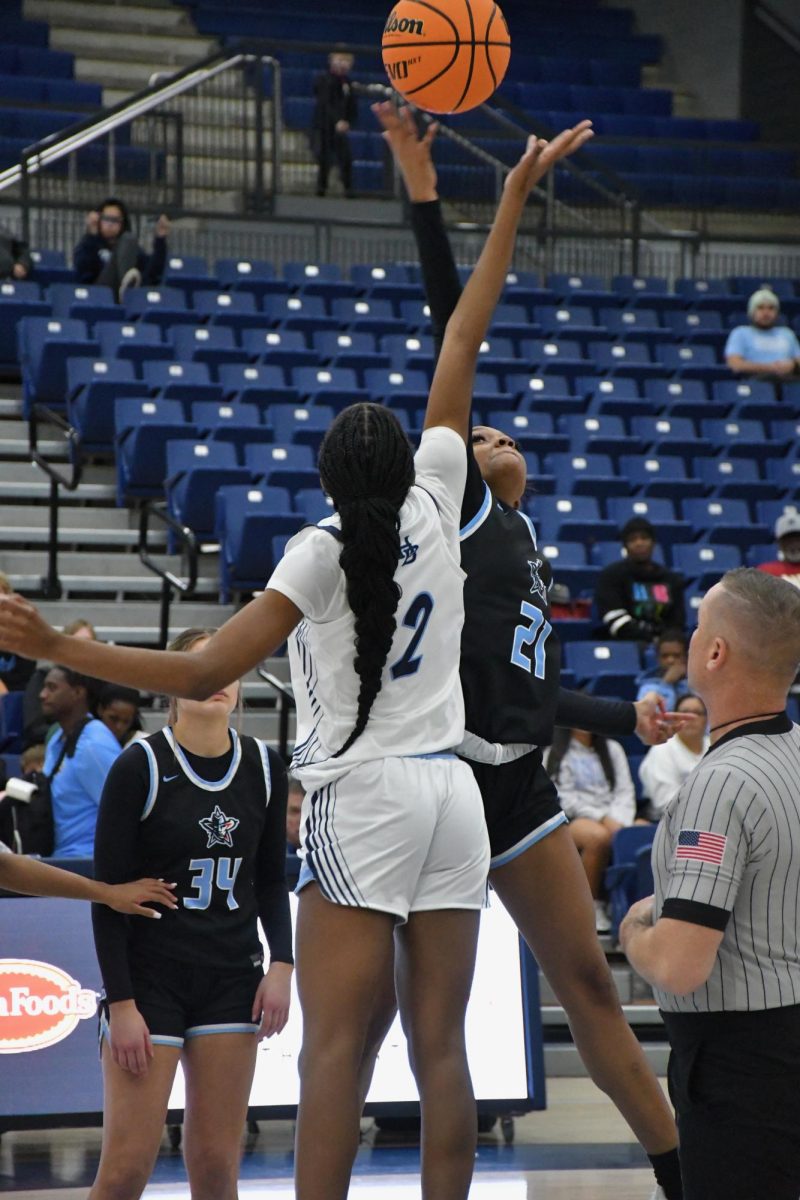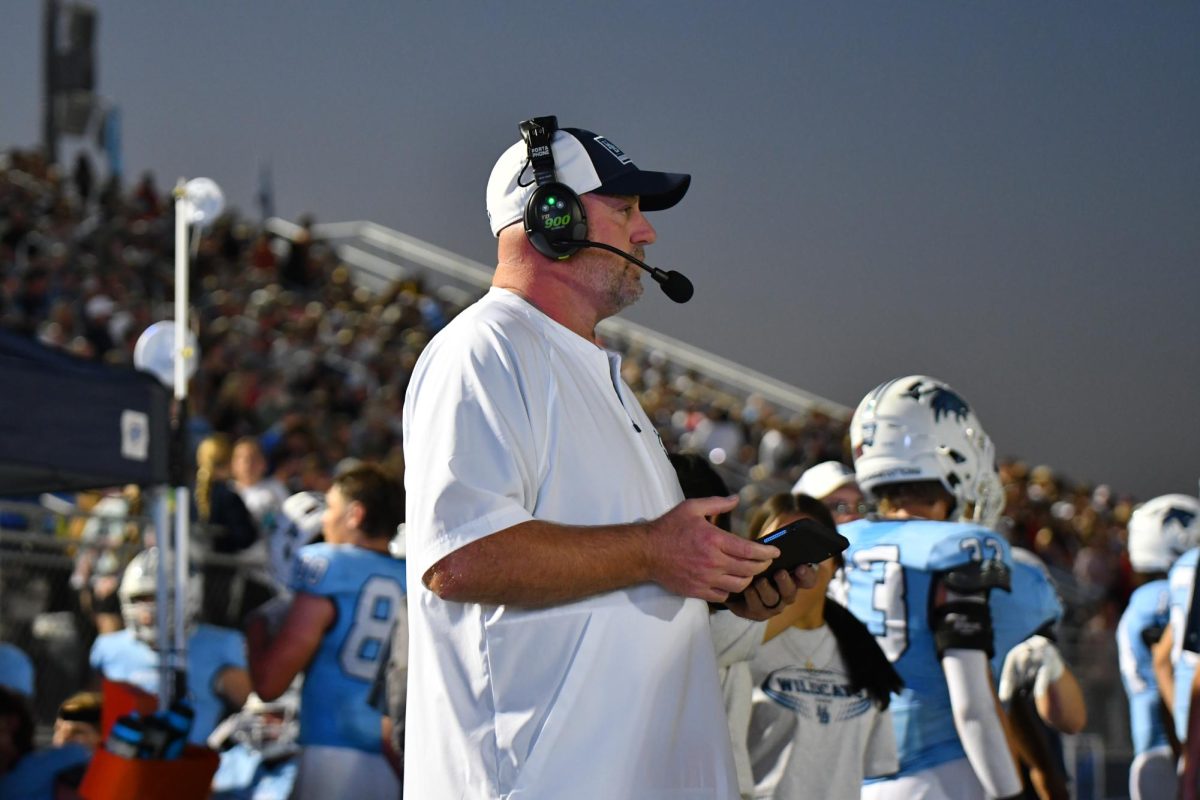Marshallese Culture
October 9, 2015
Pure astonishment was what overwhelmed junior Albert Davis when his plane landed, carrying him from everything he’d ever known on the Marshall Islands to the big, bustling city of Dallas, Texas in the heart of America.
“I’d never seen buildings so big,” said Davis as he described the transitional journey that he made with his mother in 2004 into the quiet life of Springdale, Arkansas. “I had to learn English and adjusting to Lee elementary was pretty weird,” said Davis.
With the population of Marshallese people in Springdale reaching 6,000 and quickly growing, their presence in schools and communities has become widely accepted and, frankly, normal. The main issue, however, is that citizens from other backgrounds do not know much about the people who have come from the Marshall Islands.
Originally, much of the Marshallese population migrated to the United States after the U.S. conducted nuclear bomb testing on the islands, leaving the inhabitants to deal with the devastating, health-crippling effects. The United States government realized its mistake and did what it could to make it up to the people: by providing $70 million in trust fund payments and access to many U.S. programs and services via the Compact of Free Association. Marshallese citizens are also allowed to travel to the United States as migrants on just a passport, without a visa or foreign employment credentials.
Those who have migrated to the United States are most highly concentrated in Springdale, Arkansas. The Encyclopedia for Arkansas explains that they chose this town simply to earn money, seek medical care, and educate their children in some of the best schools in the country.
“We came for job opportunities,” said senior Marienda Boaz. “There were construction jobs on the islands, but they didn’t pay much.”
Boaz, who was born in the Marshall Islands, moved to Springdale as a child, and settled easily. According to Boaz, living in Springdale and being Marshallese presented no obstacles or struggles, only opportunities.
The native Marshallese language has been retained and is the language used in households and among family. Both Boaz and Davis speak fluent Marshallese and use only it in their homes.
Marshallese migrants have set up their own communities in Springdale, generally inhabiting multi-family, multi-generational homes. Their strong devotion to family is apparent in the way that they live-as a tight-knit circle.
“I live with my mom, my brother, and my aunt and uncle,” said Boaz.
That family-oriented attitude is also evident in communities of Marshallese migrants, even those that are not related. The main tradition that brings everyone together is a unique celebration that occurs when a baby turns one year old. Describing it as a sweet sixteen for Americans or a Quinceanera for Hispanics, Boaz explained that it was simply a celebration of life that brought all of the Marshallese people together. The emphasis is not quite on the child, but more about getting to know and grow closer to the other members of the Marshallese community.
“Everyone has to know each other,” said Boaz. “We’re all one.”
With the influx of Marshallese inhabitants, the United States government is doing what it can to welcome them. The Affordable Care Act of 2010 made it possible for Marshallese citizens to purchase health insurance through the national health insurance marketplace, as well as making them eligible for tax-credit subsidies to aid in the purchase of insurance. But according to the Arkansas Encyclopedia, besides the Affordable Care Act and the $150 million of compensation, there is little assistance to the Marshallese people in the United States. And now, with the new threat of rising sea levels due to climate change and global warming, the entire island is in danger of slipping under the ocean, causing projections of many more migrants in the coming years.
With the influx of Marshallese population, it is difficult to predict the future of how the government and the communities in which the Marshallese population inhabit will react. As of now, they prove to be a vibrant and culturally rich addition to the cities that they live in, and the United States will continually attempt to make their lives and their transition from the islands to the United States easier.





